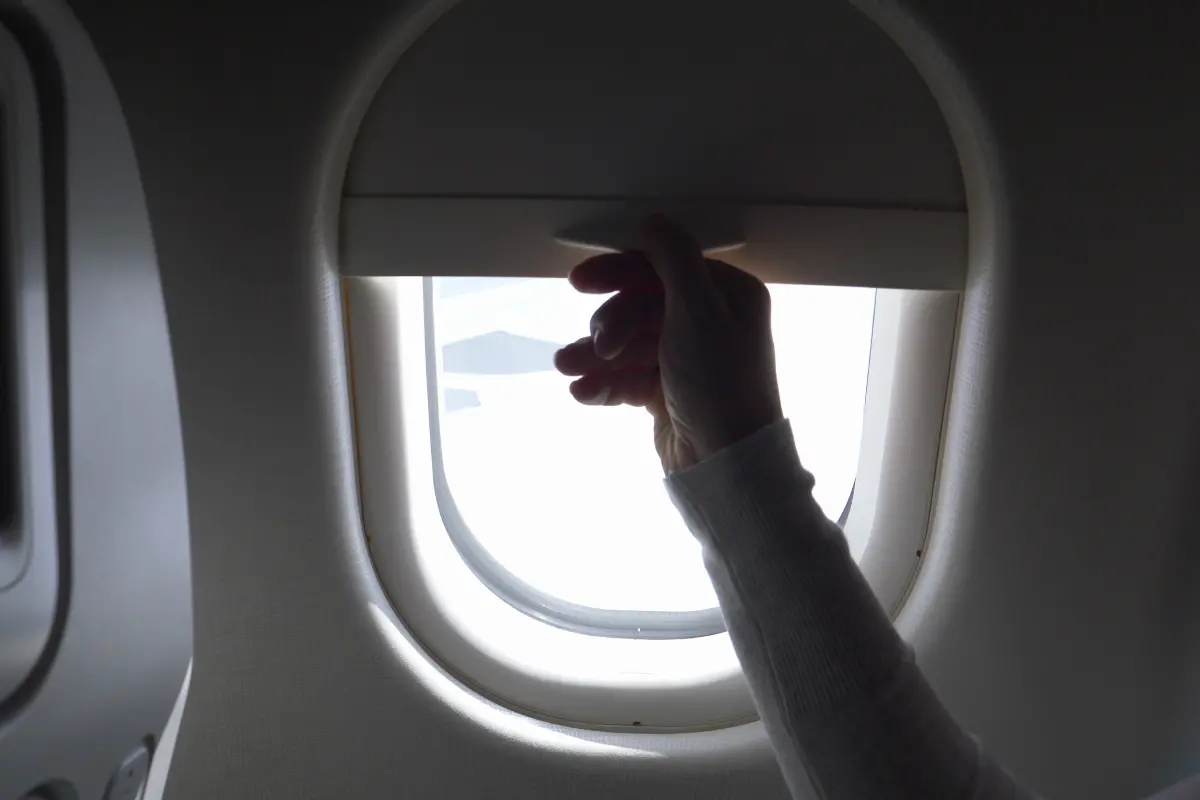Among the flurry of instructions flight crews deliver to passengers before taking off, the directive to open window shades might seem trivial. However, this normalized procedure plays a crucial role in ensuring passenger safety during critical phases of the flight: takeoff and landing.

Unwrapping the reasons behind this norm reveals engaging insights into aviation safety practices that prioritize both passenger security and empowerment during emergencies. Let's take a closer look at why keeping the shades up is more than just a quirky rule—it’s a well-thought-out strategy engrained in the flight safety protocols.
Enhanced Situational Awareness for Passengers and Crew
Visibility is paramount during an emergency. Passengers' ability to see outside can equip them with crucial details about the environment—information that becomes vital if immediate evacuation is necessary. For instance, it’s essential to know if there's a fire on one side of the aircraft so that an evacuation can be directed away from the hazard.
Flight attendants are also trained to assess external conditions quickly. Open window shades allow them to spot any potential dangers—such as fire, debris, or structural damage that might not be immediately apparent to the pilots in the cockpit.
Assisting Rescue Operations
In the unfortunate event of an emergency landing, rescuers need every advantage to do their job effectively. Clear windows provide them with a quick way to peer inside the aircraft to assess the situation and strategize the quickest and safest route for evacuating passengers.
Moreover, operational window shades allow light to enter the cabin, helping rescuers see inside the aircraft even if power is lost or compromised. This external light can be a considerable aid during the 'golden hour' of rescue operations—immediately after an occurrence when the chances of saving lives are highest.
Rapid Adaptation to Brightness
Human eyes need time to adjust from bright daylight to a darker cabin or vice versa. If an evacuation is needed immediately after takeoff or before landing, open shades ensure that passengers' eyes are already acclimated to the outside light conditions, expediting safe deplaning. Similarly, during night flights, cabin lights are often dimmed to match the outdoor environment, which can reduce the time it takes for passengers' eyes to adjust to the dark.

Compliance with Aviation Regulations
The aviation industry operates under stringent regulations that aim to standardize safety measures across the globe. The protocol for window shades to be open is consistent with the rules set forth by aviation authorities, including the Federal Aviation Administration (FAA) and the European Union Aviation Safety Agency (EASA). These regulations are put in place to maximize passenger safety and ensure that air travel remains one of the safest modes of transportation available.
Enhancing Passenger Autonomy
Instructing passengers to take part in their own safety may seem small, but it instills a sense of control and responsibility. When passengers comply with these measures, such as opening the window shades, they become an active part of the aircraft's safety culture. This involvement can make passengers more alert and ready to respond to crew instructions if things don't go according to plan.

Anecdotes from Aviation Experts
Pilots and safety experts will often share intriguing stories about why these airplane norms are so important. Testimonies from successful evacuations often highlight how open window shades played a pivotal role in the process. Studies on aircraft accidents have confirmed that even seemingly minor procedures can make a significant difference when it comes to saving lives.
Passenger Comfort and Acclimatization
Lastly, while this may not be the primary reason, it's worth considering that open window shades can help passengers better adjust to their new environment after a long flight. The natural progression of daylight entering the cabin aids in reducing jet lag and eases the transition into a new time zone. It's a gentle reminder that the journey has an end, allowing passengers to recalibrate both mentally and physically with the world outside the aircraft cabin.
In conclusion, the practice of keeping the window shades open during takeoff and landing highlights the multifaceted approach to aviation safety. It exemplifies how each element of a flight, no matter how small it may appear, is part of a comprehensive framework designed to safeguard everyone onboard.
So, the next time you settle into your seat and the crew instructs you to lift your shade, remember you're not just following orders—you’re an integral part of a critical process designed to keep you and your fellow travelers safe as you soar through the skies.
